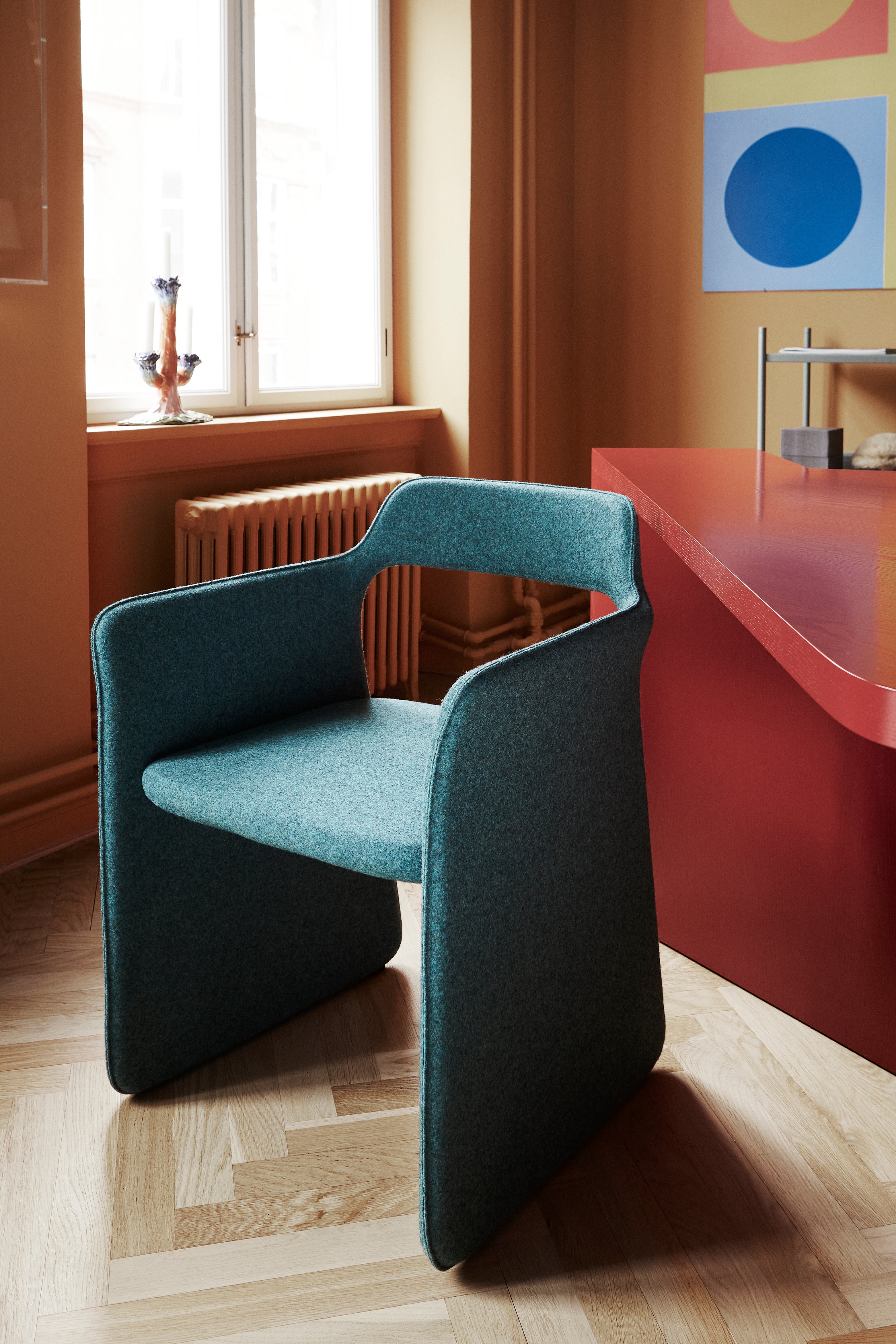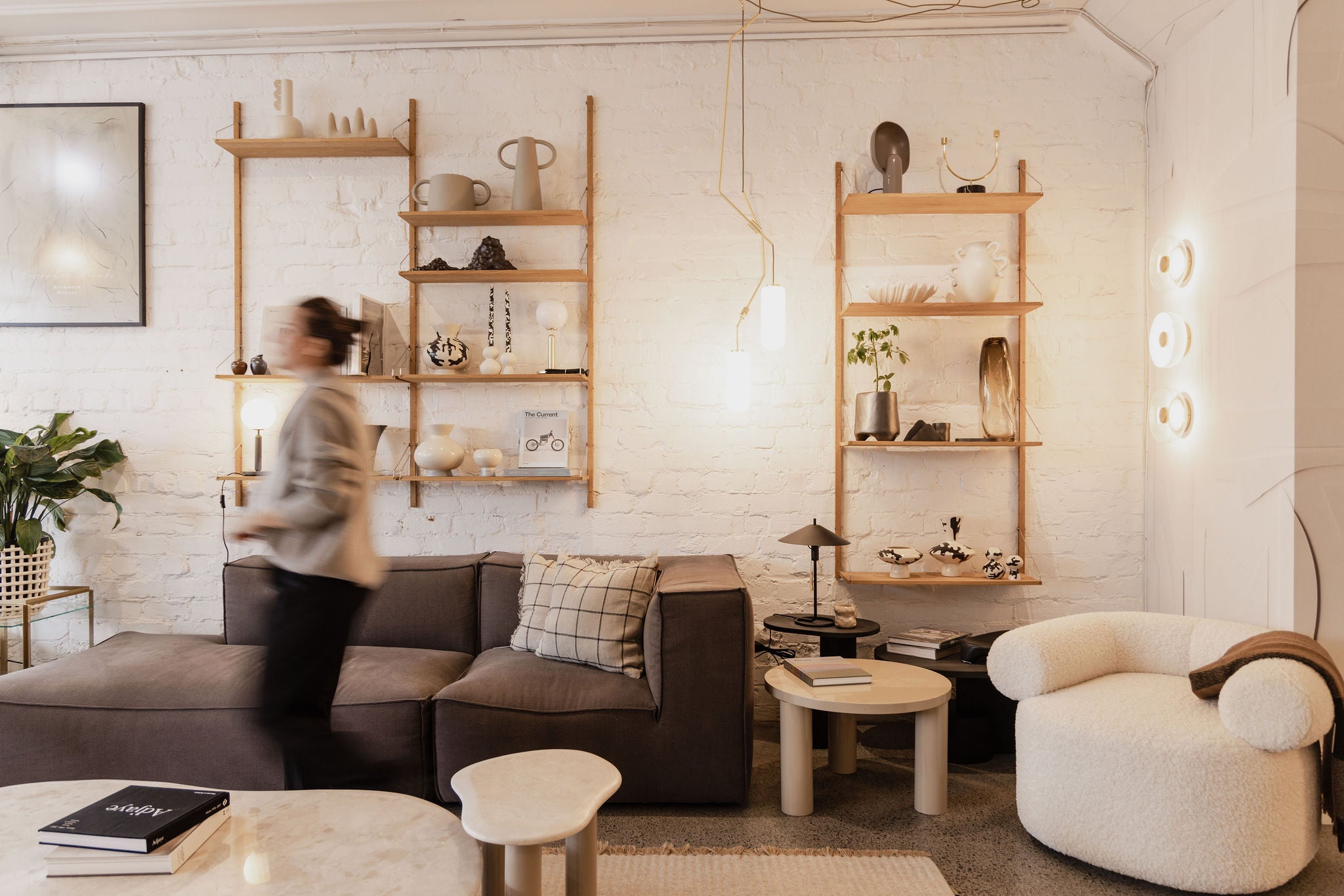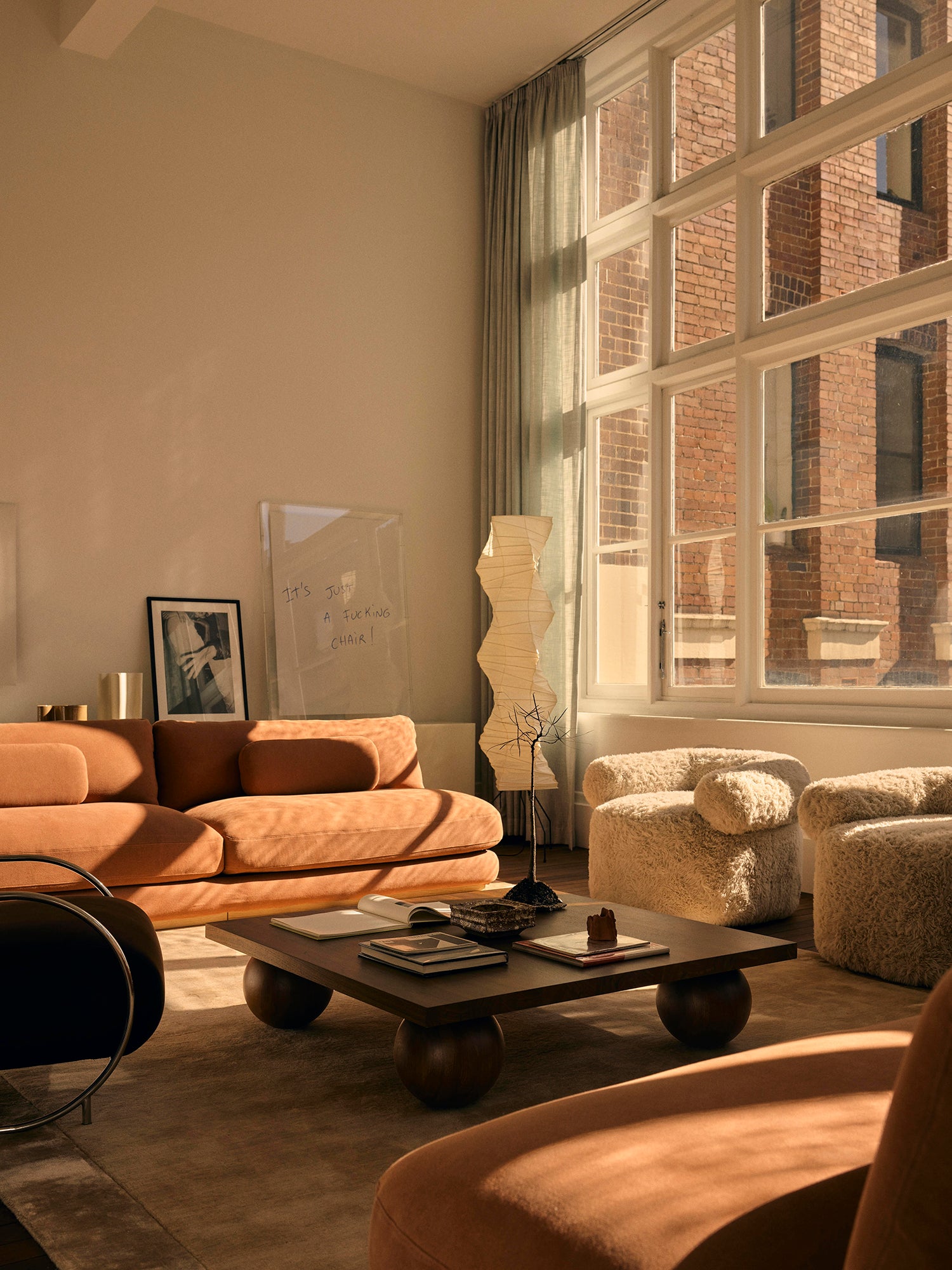
PLEASE WAIT to be SEATED: Meet Thomas

With a design mission to create pieces destined to become future classics, each item from the Copenhagen-based, Please Wait to be Seated, PWTBS is considered Danish design at its best.
Founded in 2014 by former interior photographer Thomas Ibsen Creative Director with Peter Mahler Sørensen later joining as CEO and co-owner, PWTBS focus on heirloom quality pieces is a design pillar not taken lightly. Before products are released, they must pass the following criteria - 'Will this design in its entirety become a long-lasting object we someday can pass on to our children?' As a result, their collections contain pieces by some of the most exciting design practitioners working today.
We caught up with Creative Director Thomas Ibsen to learn more about his creative process and design philosophy.
What is it about the field of design that excites and inspires you the most?
I mainly get inspired by the modern art scene. I go to many shows and galleries on a regular basis. In terms of design, I tend to get excited if someone dares to go their own way. People with courage and enthusiasm always draw my attention.
What drew you to launch PWTBS?
I was a professional photographer working for interior magazines such as Wallpaper and Elle Deco. Through this work I met many talented people and some who were looking to find someone to distribute their designs. One thing led to another and I started PWtbS first distributing Eiermann, and then creating the first PWtbS collection.

Denmark has a long-standing reputation for its design heritage. How do you think Danish design has evolved over the years, and what are the key characteristics that have remained constant?
It is almost impossible not to be influenced growing up in this country. Some of the remaining key characteristics are the simplicity and the use of material. BUT today the Danish brands use designers from all over the world. The brands with success do not use only Danish designers.
A strong pillar of PWTBS is to create future classics, can you talk us through what makes an item a classic? Are there key components you look for?
This is a difficult question. You never know beforehand if a design is going to be a classic - it is a feeling and understanding of the present time we live in. Usually, a classic refers back to something known and has an element of experimenting. A good example is Faye Toodgood, that is exactly how she works. Some of her designs will be classics, if you ask me. I have always felt so that is also why she is the designer we have worked with the most.
Your collections seamlessly blend form and function, resulting in visually striking yet functional pieces. How do you strike a balance between artistic expression and practicality?
The balance is exactly what I try to focus on from the very beginning. I know the DNA of the brand and I know if it is time to take it easy or time to let it flow. At the same time, a good design must have functionality and work well. But what is functionality without the design? So we focus on both and let it pass if it is not good enough.

PWTBS is very much about collaboration. Can you talk us through some of the designers you work with?
Faye Toogood is fantastic to work with. She is so kind, and so original. She thinks for a bit and then she has made up her mind, that is so inspiring to me.
Also Boris Berlin is amazing. He is a walking encyclopedia of chairs and materials. He has made a lot of beautiful designs and is still going strong experimenting, and having a great time. He is Russian so he is very strict and sometimes harsh, but he respects me and my opinions and I really like to work with him.
Sustainability has become increasingly important in the world of design. How do you incorporate it into your practise, and what role does it play in your overall design philosophy?
Sustainability means a lot to me and we try to do all we can, but honestly it is not enough. Sometimes I feel bad about designing a new product for this world. With our newest chair Flax stacker, we have tried to use natural flax directly from the field. We get so much attention because we are the first to produce a sustainable chair this way. It has been a long journey but I believe we have made a beautiful chair which has a much lower footprint of C02 than any other chair.
Prior to PWTBS you were working as an editorial photographer. How has your early career shaped the way you now approach design?
I learned to use my eyes and trust my gut feeling. I am visually driven, sometimes I have to close my left eye to see if I like something or not. Just like I did as a photographer, looking into the camera.

Quick fire Q’s
Describe your style in three words. Masculine, colorful, open minded.
What are three items in your home that you can’t live without? My guitar, tennis racket, and the art that surrounds me.
A daily ritual that grounds you? Reading the physical paper in the morning.
What’s your favourite space in your home? My summer house kitchen
What’s your dream house? I have it … MY summer house, but I do wish it was by the sea.
Who or what inspires you for decor? Modern Moroccan designs.



